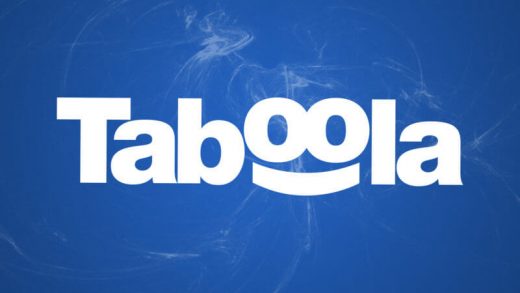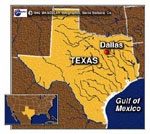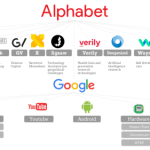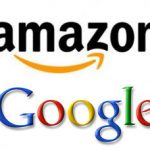Taboola’s grid of recommended stories is now an infinite, scrolling feed
By adopting a card-based feed of content, ads and video, Taboola is looking to revolutionize its real estate and increase flexibility for publishers.
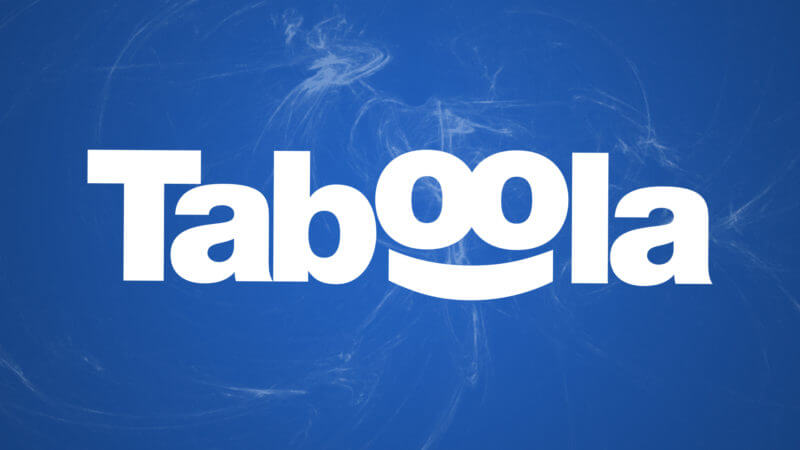
Taboola, the grid of content discovery that appears at the end of many online stories, is today giving publishers the option of using a continuous scrolling feed.
CEO and founder Adam Singolda told me that this launch represents “a whole new Taboola.” Publishers can choose to stay with the older grid format of content widgets or to adopt the new feed.
The vertically scrolling feed, available for both desktop and mobile, is built from a series of invisible cards of different formats and content, such as used in Facebook or Twitter feeds:
This contrasts with the older grid format:

Publishers can decide which cards will populate their feed. Some cards can contain related stories from that publisher, some videos or sponsored content with other publishers, while others might offer opportunities to comment or download apps. In addition to single-feature cards, there are also horizontal scrolling carousel cards.
Singolda said his company will eventually open up a card marketplace where third parties can create cards for publishers, and publishers can buy the cards they want.
The third-party cards could contain weather info, news, ads or other material, with publisher and card provider determining any revenue split between them. For the moment, however, third-party cards are being created on a customized basis for publishers.
At launch, the New York Daily News is the first publisher partner. That publication says that, since implementing the Taboola Feed last month, it has seen an overall revenue lift of 26 percent and, in mobile, an engagement increase of 40 percent.
Singolda noted that the revenue and engagement boost are due to the habits readers have acquired from social media, where they are accustomed to engaging with continuously scrolling content.
This new feed “will revolutionize our entire front-end product line,” he said.
Compared to the limited real estate of the previous grid, the feed is infinite, presenting material that Taboola considers related to that user’s location or anonymous profile.
Singolda pointed out that the unlimited space offers more opportunities for publishers to show videos — and their high-paying ads.
“The feed is the best way to transform publishers into becoming video publishers,” he said. “It’s an opportunity for publishers to grab social video dollars [from advertisers] in a brand-safe environment.”
Another difference with this “operating system of cards,” as Singolda describes it, is that the feed shows one item after another in sequence, compared to the grid, where a user can quickly scan multiple items on one screen. It’s possible, however, to set up cards containing multiple content/ad items.
Marketing Land – Internet Marketing News, Strategies & Tips
(32)

